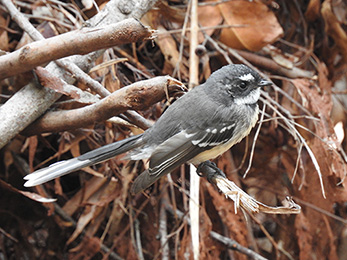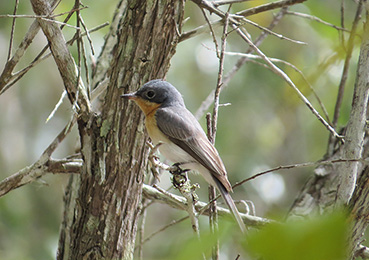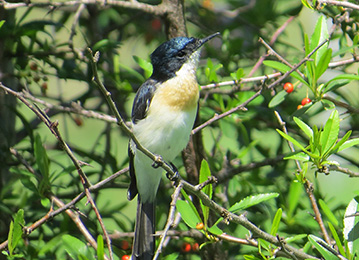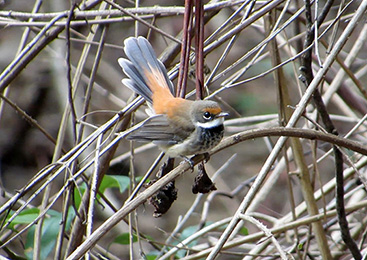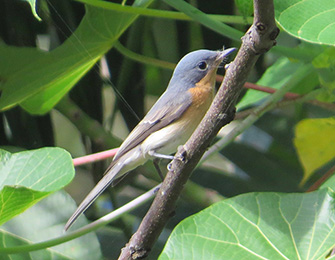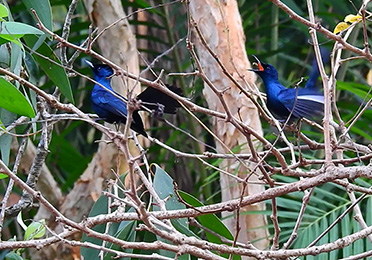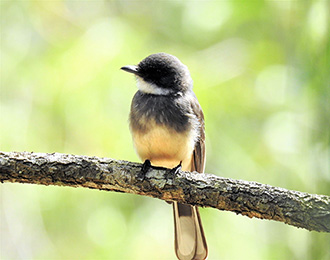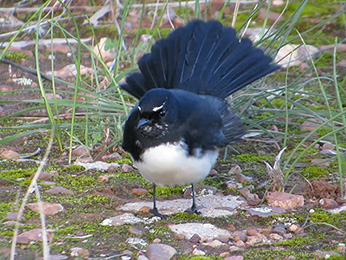FANTAILS & FLYCATCHERS
Imagine you’re wandering through the lush greenery of an Australian forest, the air is filled with the symphony of bird calls, and a gentle breeze whispers through the leaves. Suddenly, a small, agile bird with a distinctive fanned tail flits into view. It’s a fantail, one of Australia’s most charming avian residents. These birds are known for their acrobatic flights, darting through the air with remarkable grace as they pursue their insect prey.
Fantails are easily identified by their broad, fanned tails which they open and close while perched, almost as if they are performing a little dance. Their tails aren’t just for show; they serve a crucial purpose in their hunting technique. As they navigate through the air, the fantails use their tail feathers to change direction rapidly, allowing them to catch insects with impressive precision.
Now, let’s shift our attention to the flycatchers. These birds, as their name suggests, are also insectivores, and they share the fantails’ aerial agility. Flycatchers are typically more subdued in colour compared to some of their avian cousins, but what they may lack in vibrant hues, they make up for in their sleek appearance and sharp hunting skills.
Flycatchers often wait on a perch with keen eyes, looking out for their next meal. Once they spot an insect, they launch into flight with a burst of speed, snatch their prey mid-air, and return to their perch to enjoy their catch.
Both fantails and flycatchers play a vital role in the ecosystem, helping to control insect populations. Observing them in their natural habitat is a delight to birdwatchers and a testament to the intricate balance of Australia’s ecosystems.
As we marvel at the agility and beauty of these birds, it’s important to remember the fragility of their existence. Habitat loss and environmental changes pose significant threats to their survival. It’s our collective responsibility to ensure that the forests and woodlands they call home are preserved for future generations to enjoy the dance of the fantails and the swift flights of the flycatchers.
Through understanding and appreciating these wonderful creatures, we can foster a deeper connection with the natural world and a stronger commitment to its conservation.

